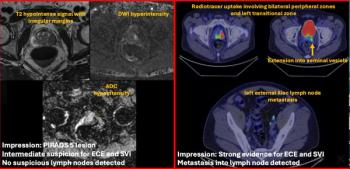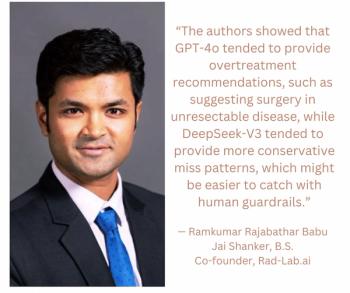
Report from SIR: Cosmetic procedures add new dimension to interventional radiology
Planned highlights of the 32nd annual meeting of the Society of Interventional Radiology being held in Seattle suggest that interventional radiology remains one of radiology’s most innovative branches.
Planned highlights of the 32nd annual meeting of the Society of Interventional Radiology being held in Seattle suggest that interventional radiology remains one of radiology's most innovative branches.
The opening symposium Thursday introduced interventionalists to the new subfield of cosmetic IR. The concept illustrates a trend inspired by the minimally invasive treatment of varicose veins and other body imperfections that many people consider ugly, said program chair Dr. Ziv J Haskal.
"As The New York Times said, 'the business of beauty is big.' We treat patients with varicose veins because their legs are aching and also because they may be unsightly. And as you treat them, these patients ask for other cosmetic interventions, such as collagen fillers, botox injections, or maybe variations on liposuctions," he said.
The concept attracted a large preregistered audience for the symposium. Although some interventional radiologists may consider cosmetic work outside their core interests, they have the skill and knowledge needed to perform such therapies, which could lead to a new subspecialty, said Haskal, a professor of radiology and surgery at the Columbia University College of Physicians and Surgeons in New York City.
"The concept that every interventional radiologist does everything is no longer necessarily true. People are subspecializing. There are people who do only venous interventions. There are people who do primarily peripheral, who specialize in cancer, who are purely outpatient practices. So you are talking about a group that is becoming specialized in very heterogenous areas as well," he said.
For a second consecutive year, the SIR meeting will showcase interventional oncology with updated information on new technologies, embolization, and tumor ablation techniques. A research paper on thermoablation will show initial results on a new technique to assess treatment response and recurrence using the probe as a tissue-harvesting tool for biopsy. Another ablation trial will demonstrate the use of low frequencies for controlled treatment in confined, challenging areas.
Peripheral arterial interventions will also be emphasized. Several papers, plenary sessions, and refresher courses will present evidence contradicting the belief that interventional radiologists have lost the turf battle for vascular interventions, Haskal said. Researchers will release findings, for instance, on a study of 102 trauma patients comparing endovascular treatment with surgery for repair of thoracic aorta, including the risk of paralysis as an end point.
As in 2006, the SIR meeting will showcase cardiac CT and MR applications.
"It's a big topic and was extremely well attended last year. It's a growth area for us as well as for radiologists in general," Haskal said.
For more information from the Diagnostic Imaging archives:
Newsletter
Stay at the forefront of radiology with the Diagnostic Imaging newsletter, delivering the latest news, clinical insights, and imaging advancements for today’s radiologists.




























